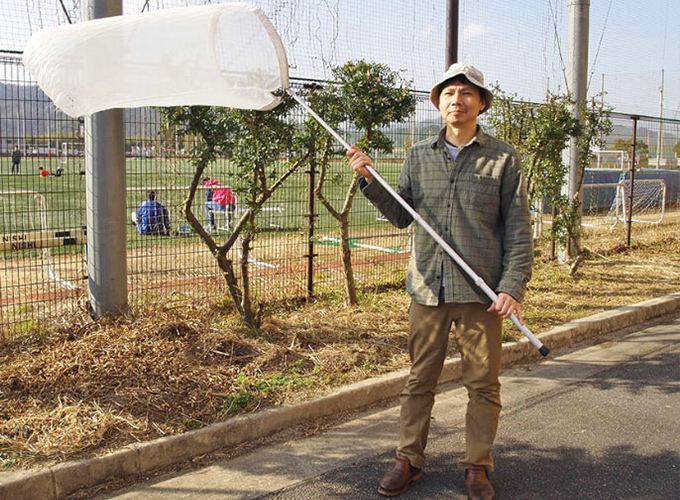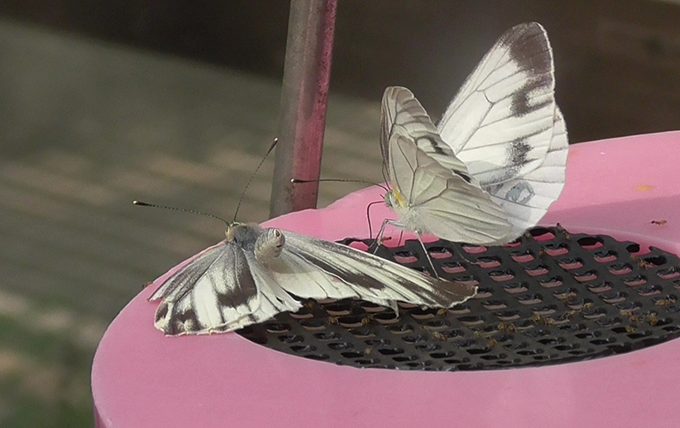Masaaki Ohata
Junior Associate Professor, Ph.D. in Agriculture
- ohata.masaaki

- Areas of Research
- Ecology, Ethology, Entomology
- Profile
- Research
-
Dr. Masaaki Ohata was born in Kyoto Prefecture. Upon graduating from the Faculty of Agriculture at Kyoto University, he proceeded to graduate school and conducted research at the Laboratory of Insect Ecology. He earned a master’s and doctor’s degree in the research of froghoppers and Grey-veined White butterflies, respectively. Lectures that he is in charge of include Biology Lab, Environmental Biology Lab and Ecology.
On days off, he enjoys going for walks and observing various forms of wildlife. He sometimes collects and eats wild vegetables and mushrooms he discovers on these walks. Occasionally, he is hit by food poisoning and hallucinations from mushrooms, but he has not had any life-threatening experiences so far.
-
The number of insect species is said to exceed one million, accounting for two-thirds of all lifeforms on Earth. Many of those species are herbivorous insects and grow the consumption of plants. Despite that, the earth remains covered in plant greenery. How do herbivorous insects thrive in this way without diminishing Earth’s greenery?
There are three major possible hypotheses to explain this phenomenon. The first is that predators (natural predators) keep populations low by eating herbivorous insects. The second is that plants limit the amount that can be eaten by herbivorous insects by defending themselves with leaf firmness and venom. And the third is that competition amongst herbivorous insects limits the number of plants that are eaten. Dr. Ohata has focused his research and surveying on the second and third hypotheses.
Regarding the second hypothesis on self-defense by plants, he studied the Grey-veined White butterfly and two specific plants as research materials. The results show that the two plants have contrasting defenses against butterfly larvae. In particular, the larvae that can break through the defense of one plant and efficiently consume it, are less likely to overcome the defense of the other. This points to the conclusion that plants’ defense mechanisms may limit the plant food available to herbivorous insects.
In regard to the third hypothesis on interspecific competition, Dr. Ohata’s team studied two species of butterflies, the Grey-veined White butterfly and a species closely related to it. The results showed that two species shared a relationship in the competitive aspect of their breeding process for females, and that such competition resulted in the use of different plants.
A male (right) and female (left) of the white butterfly. The male is sucking artificial nectar and the female is in a courtship refusal posture next to the male.